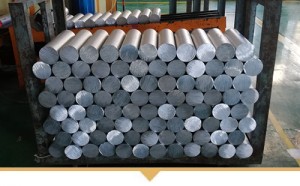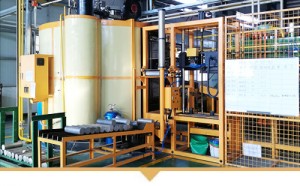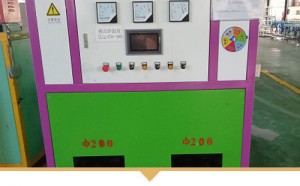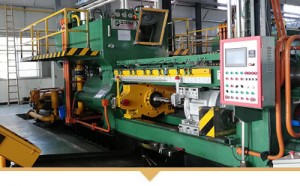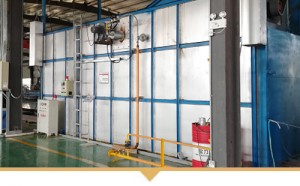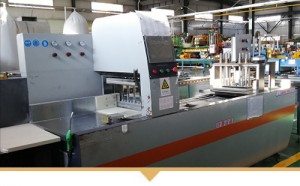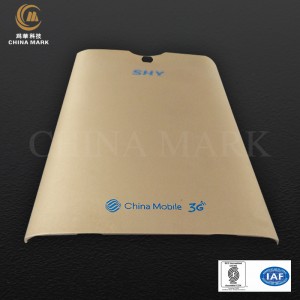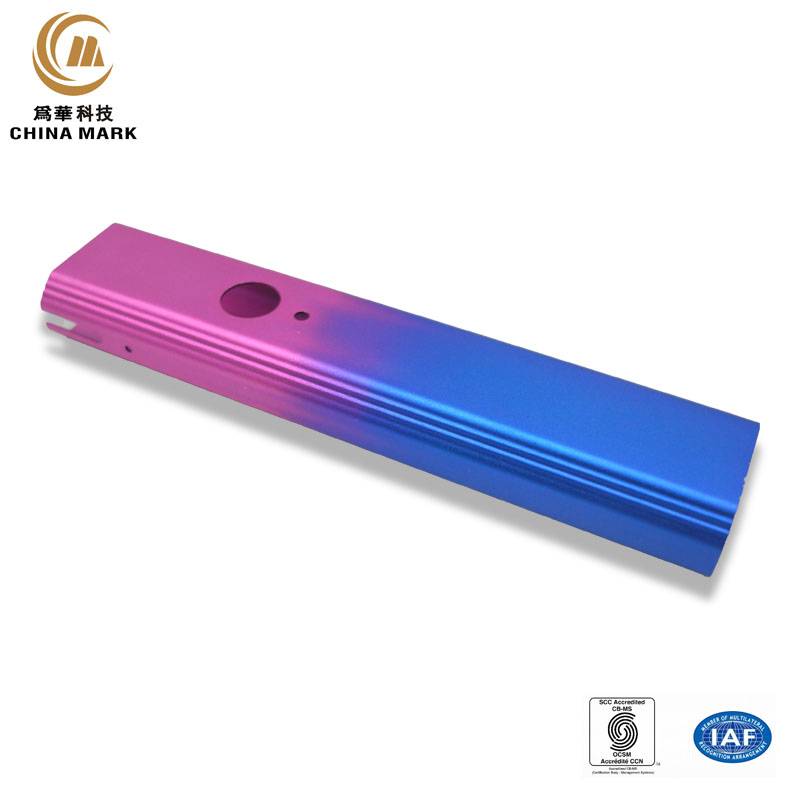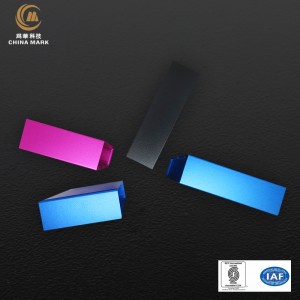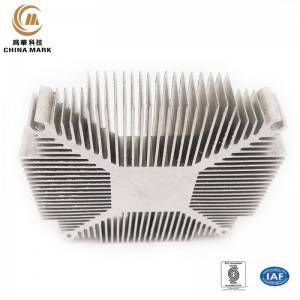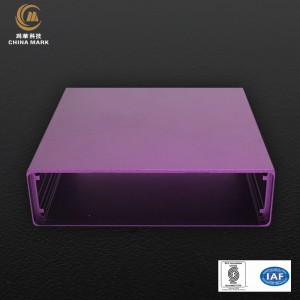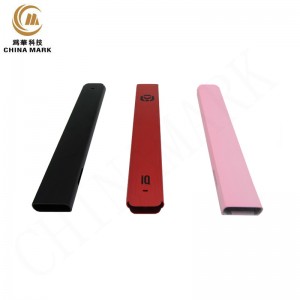Extruded aluminum -- looking for weihua technology [custom aluminum extrusion suppliers] more than 10 years of production customized experience. Miniature aluminum extrusion,golden aluminum extrusion,high-end extrusion process, manufacturers direct sales, product quality, welcome to consult!
What is the processing process of metal mobile phone aluminum enclosures?
1. Aluminum extrusion
The first step is to cut and extrude the cylindrical aluminum, a process known as aluminum extrusion, which makes the extruded aluminum into a 10mm sheet that is easy to process and denser and harder.This is the work that needs extrusion mould operation.
2. The DDG
CNC machine tool (high-speed drilling and tapping center) was used to accurately mill the aluminum sheet into a structured three-dimensional volume of 152.2×86.1×10mm through DDG to facilitate subsequent CNC finishing.This process begins with the use of carbide tools to work.CNC carbide tool
3. Rough milling the inner cavity
In order to facilitate CNC machining, the metal body is clamped by the wall clamp.Rough milling inner cavity, the inner cavity, as well as the positioning column combined with the fixture processing, which is crucial to the subsequent processing link.
4. Milling antenna slots
For all-metal phones, the most difficult problem to solve is the signal problem, which was also caused by the poor signal caused by the metal frame when the iPhone 4 was first launched.Aluminum also blocks (weakens) the phone's radio frequency signal, so it must be slotted so that the signal can have a path in and out.Therefore, milling the antenna slot is the most important, the most difficult step, the antenna slot must be milling evenly, and maintain the necessary link points to ensure the strength and integrity of the metal shell.
5. T handle
After milling the antenna slots, the "T treatment" is used to treat the aluminum to a surface that can be combined with the engineering plastics.The metal body needs to be placed in a special chemical agent, such as liquid T, to form nanoscale (1 nanometer =10 ^ -9 meters) holes on the surface of the aluminum, in preparation for the next nanoscale injection.
6.NMT nano injection molding
The "injection molding" process allows the NMT nano injection molding process to be implemented because of the metal body treated by T.NMT nano injection molding is to squeeze the special plastic under high temperature and high pressure into the metal material after T treatment, so that the plastic and the metal surface of the nanoscale small holes tightly combined, so as to achieve the purpose of tightening the antenna.
7. Finish milling cambered surface
For all-metal phones, in addition to the signal antenna, there is the 3D shaping of the metal body, which happens to be the most time-consuming process, taking more than 1,000 seconds.
8. Finish milling side
Careful friends may notice that the 3D cambered surface of the metal body has been milling out by CNC, but there is still a circle of redundancy around the edge, which requires precision milling of the side, and then you can see the prototype of the metal shell.
9. Polishing
Before the use of top-level high-speed precision CNC machine tools, but also can only achieve A1 ~ A2 class finish, to meet the subsequent processing requirements, it needs to be polished to A0 class finish, can be a mirror effect.
10. Sandblasting
However, the all-metal phone does not have a full-gloss effect, but presents a frosted surface.This requires a "sandblasting" process to treat the metal surface to a frosting effect.
11. One anode
Aluminum alloy is relatively stable, in order not to be disturbed by external factors such as sweat, it must be anodized.It's also the process of coloring the phone, which changes the aluminum color to gold through anodizing.It is very difficult to control the process of dyeing aluminum alloy, color difference, spots will appear if the control is not good, which will also reduce the yield.
12. Highlight treatment
The shiny edge cutting design requires cutting corners using the highest grade of ultra-high speed CNC machines, a process also known as drilling or highlighting.
13. Finish milling the inner cavity
After 12 steps of processing, the metal shell has begun to see the appearance, then will be used to clamp locking positioning column and other excess material removed, let the metal shell inside completely clean.
14. Secondary anode
The shell, which has been processed by CNC, needs a second anodic treatment to oxidize the surface and form a dense and hard oxide film, making it more wear-resistant and not easy to stain.
15. Milling the conductive bit
After the anodic oxidation of aluminum alloy shell conductive effect will become worse, so it is necessary to remove the local anodic oxidation film, exposed metal to obtain a good grounding effect, also need to go through a milling conductive bit of CNC processing.
16.Hot melt nut
Finally, the assembly nut is embedded into the finished plastic with a robotic arm to ensure future assembly of the phone's aluminum enclosures.
